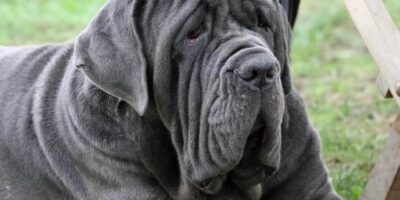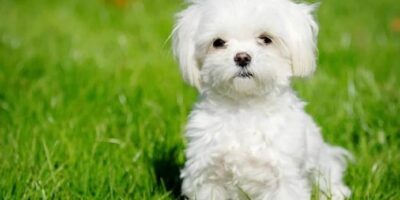Characteristics
| Size | Height | Weight | Age | ICF breed group |
|---|---|---|---|---|
| Large | 48-58 cm | 20-23 kg | 10–12 years of age | Spitzen and non-developed breeds |
Summary
- Independent and courageous;
- Faithful to one master;
- He is easily adaptable to all types of weather.
Character
Finland is the native country of the Karelian bear dog. According to researchers, this breed’s canines started being formally bred in the 19th century.
At the same time, these regions were likely inhabited by their predecessors, dogs of the Spitz breed, long before they evolved. It’s intriguing how similar the black-and-white Russian-European husky looks to the Karelian bear dog.
On the other hand, this one wasn’t made until the middle of the last century.

The Karelian bear dog has the traits of a true husky—it is serious, responsible, and purposeful. It is a hunting breed, and no other breed works like it. This explains why the dogs are so well-liked in their home country. They can be found in the northern parts of Russia, Norway, Sweden, and even Great Britain.
When intruders are seen, bear dogs may raise a fuss and make good defense dogs. But because they aren’t going to assault, they won’t set up an executive guard.
Training a Karelian bear dog is challenging. They are independent and obstinate. The owner may not wait for positive outcomes if he trains the dog arbitrarily. It is best to get in touch with a dog trainer right away, so they can assist you in figuring out how to talk to the animal.
The Karelian Bear requires early socialization, like all dogs do, since the breed’s members may be highly hostile towards their kind. You should start taking your puppy for walks at the age of two to three months to introduce him to other animals and humans.
Care
The Karelian bear dog’s thick hair has to be combed out a few times a week. Moulting occurs in the spring and fall, and the process is done more often, sometimes three or four times.
Breed members are very resilient in addition to having strong health and immunity. This breed hasn’t yet had any genetic illnesses discovered in it.
Living circumstances
The Karelian bear dog is a vigorous and active pet. Numerous hours must be spent walking, exercising, and running.
This breed of dog is not suited for apartment life in the cities. It will feel more like home in a private house in the country. Given that the animal is an independent and freedom-loving dog, keep it on a leash in this situation.


